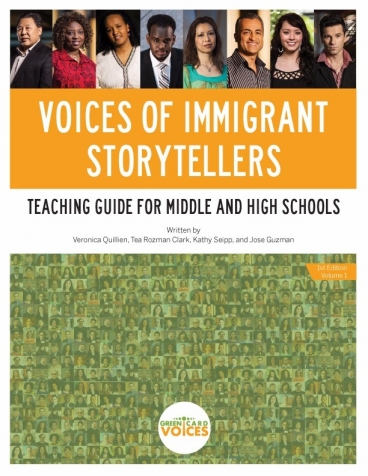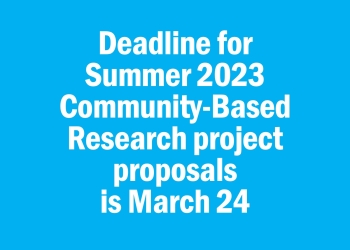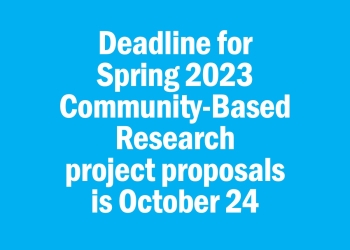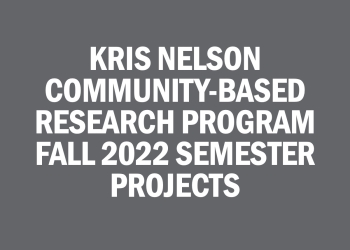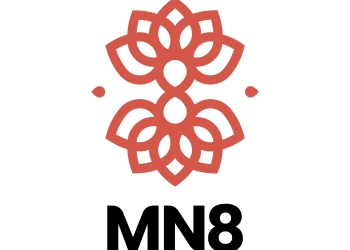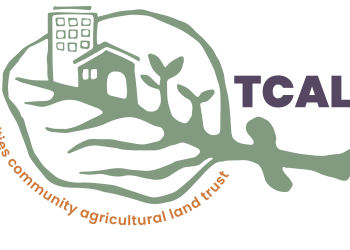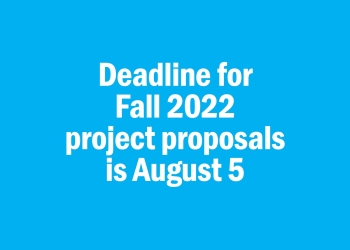In September 2015, Voices of Immigrant Storytellers: Teaching Guide for Middle and High Schools was published in an electronic version by Green Card Voices via Amazon. It will be available as a hardcopy through Create Space later this December.
In 2014, Green Card Voices (GCV) wanted to take their program to the next level in educating the public about immigrants and immigrant issues. CURA connected GCV with Ph.D. student Veronica Quillien, who contributed her own passion for bringing immigrants’ experiences into the mainstream. Together, they developed a full-fledged curriculum for teachers to pair with GCV’s collection of over 150 immigrant stories. Want to learn more? Read on.
Minnesota has long been a home for new immigrants – whether from northern Europe, eastern Asia, Latin America, or eastern Africa. But people often don’t realize just how many immigrants make up the fabric of our society. Green Card Voices (GCV) is a local nonprofit that shares the stories of immigrants to foster awareness and understanding of immigrant issues. The Executive Director, Tea Rozman-Clark, is herself a first-generation immigrant from Slovenia, and sought to create materials to educate the public on the immigrant next door.
By 2014, her organization had recorded nearly 100 personal narratives from immigrants from dozens of countries and made them available online, an incredible feat in itself! But Tea wanted to take their work a step further and bring it into classrooms to meaningfully engage students. She sought the help of CURA to develop a curriculum teachers can easily use that also meets established state criteria for social studies. Veronica Quillien, a multi-cultural Ph.D. student in curriculum and instruction, was a perfect fit for the job.
A bit about Veronica:
- Born in the U.S. as a first generation immigrant
- Grew up abroad in Cameroon, Cote d’Ivoire, and Ghana
- Speaks French, English, and Basaa (Cameroonian language)
- Self-identifies as an Adult “Third Culture Kid” because she grew up outside of both her parents’ culture, and her country of birth
Veronica’s identity as a “Third Culture Kid” played heavily into her decision to emphasize her Ph.D. program on culture and teaching. She was heavily set on filling gaps in the education system where important subjects, and people, are ignored.
“…I sincerely believe that culture influences the way we learn and thus should influence how we teach. As I started the program, I was set on finding solutions to reduce the educational debt. However, my research interests shifted and refined to heritage language, language revitalization and documentation as I took a class on teaching theories and research. This new research focus is a platform to explore the intricacies of my life as an a “Third Culture Kid” as I reclaim my tribal identity as Cameroonian, engage with eminent African scholars, and participate in the language revitalization initiatives taking place in my home country.”
As one can guess, the GCV project fit right into Veronica’s skills and background. As Tea Rozman Clark of GCV noted, “We were delighted to find Veronica, whose personal experience with immigration as well as her academic background worked together beautifully on this project.” CURA set up a partnership with GCV that not only produced a tool GCV could market to help teachers effectively use their materials, but it also gave Veronica the opportunity to refine her skills and knowledge surrounding cultural integration and curriculum design.
She and GCV decided to gear the curriculum toward young students, who spend lots of their time forming opinions, stereotypes, and social circles. Veronica incorporated the idea of “positive interdependence” into the learning experience, showing how immigrants commonly depend on each other to achieve larger collective goals. She also aimed to slowly unfold immigrants’ stories so that students could really embody the experience of the people they study. This would help reduce the gap students may perceive between their own life experiences and those of immigrants.
“…I wanted to encapsulate the common idea of positive interdependence, a primal survival tool for all immigrants. The cooperative lessons written during this past spring semester reflect my emphasis on the importance of culture, identity, language and relationship, as individuals emigrate.”
Veronica recognizes the curriculum as both a product and reflection of her own journey reclaiming her many cultural identities. She hopes that it brings light and substance to the thousands of stories immigrants bring and contribute to society in Minneapolis. There are many hopes for a widespread impact of the curriculum, especially with the increasing diversity of U.S. cities. Veronica, who now sits on GCV’s Board of Directors, hopes that the curriculum will help students understand the vitality that immigrants bring to communities, and then bring that understanding and value into their adult lives.
“This GCV project is a reflection of me. It is about issues pertaining to our Minneapolis community and ensuring that the curriculum reflects all students. It’s about reducing the educational debt for the success of our nation…Immigrants have played a vital role at each turn in our nation’s history, and they continue to do so today. By sharing these stories, we can instill a sense of pride in our nation’s immigrant population and thank everyone for all of their contributions.”
